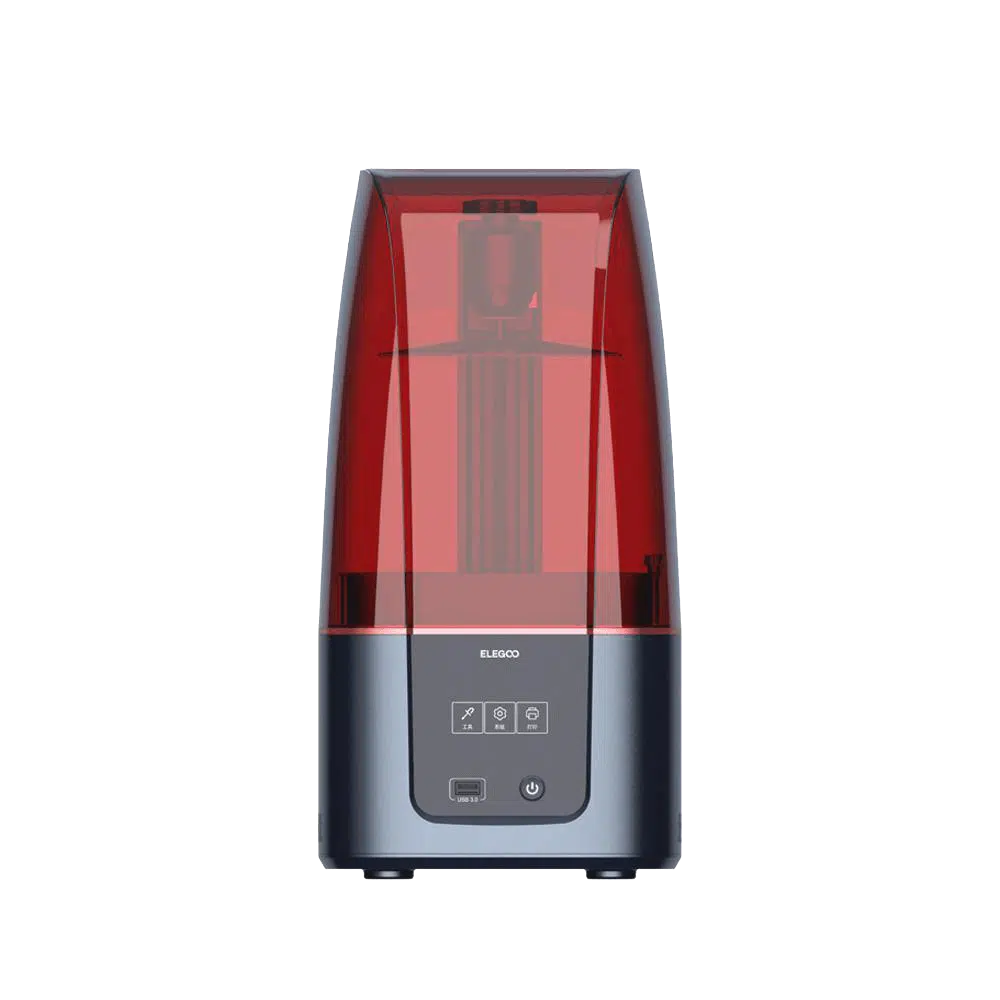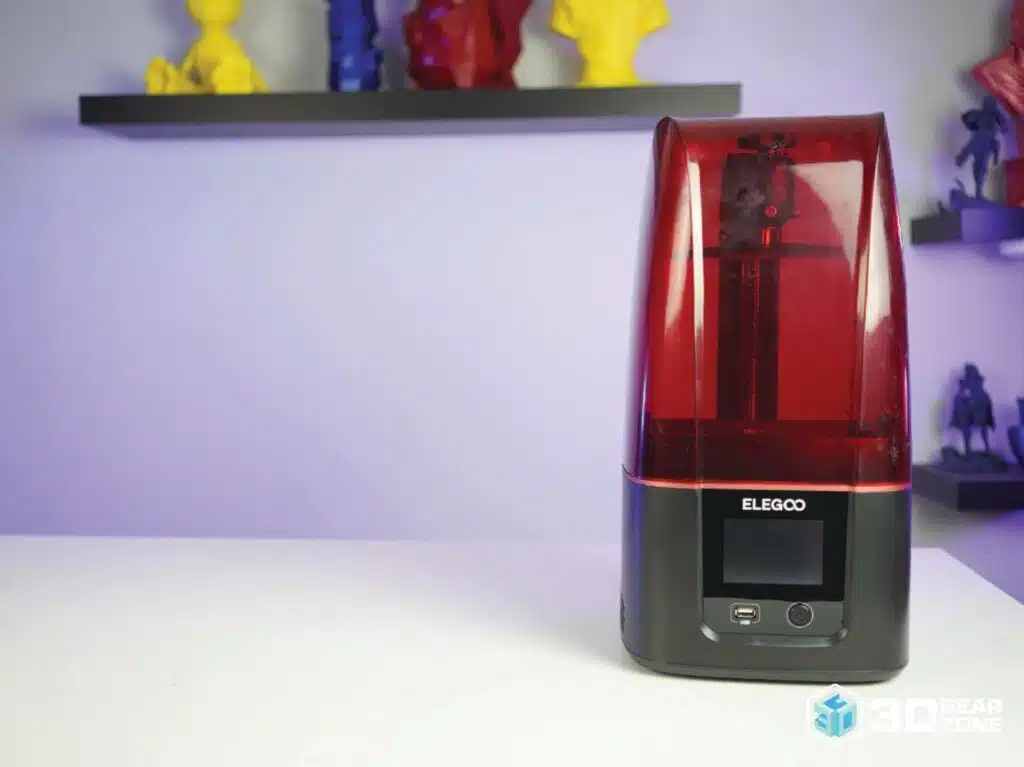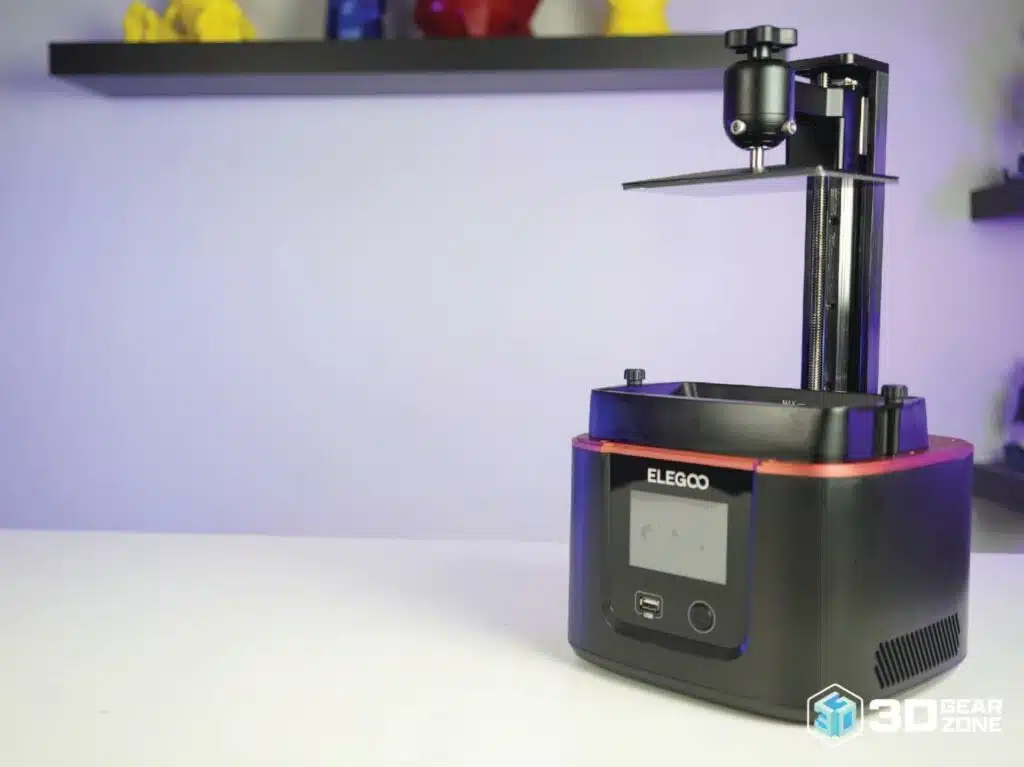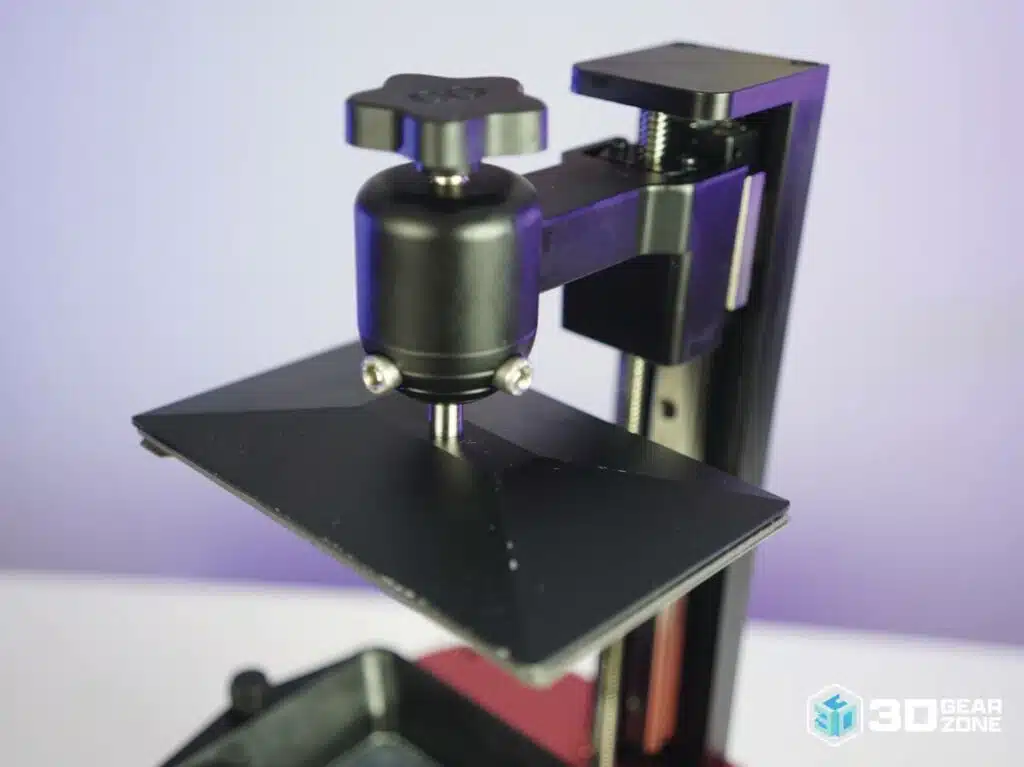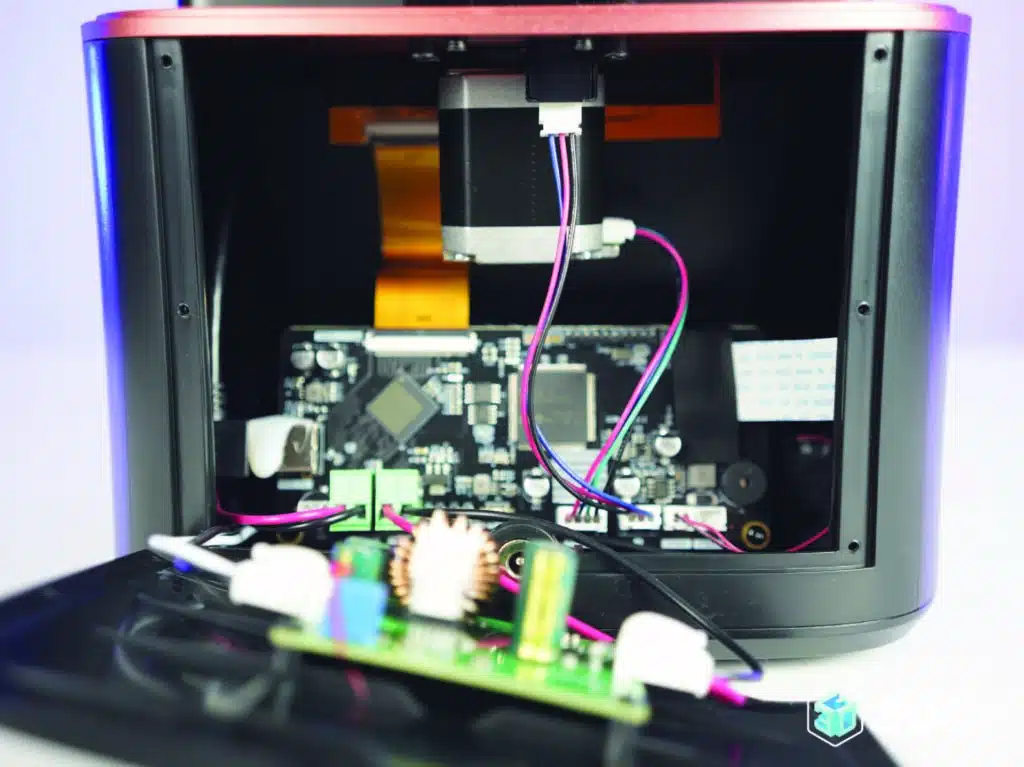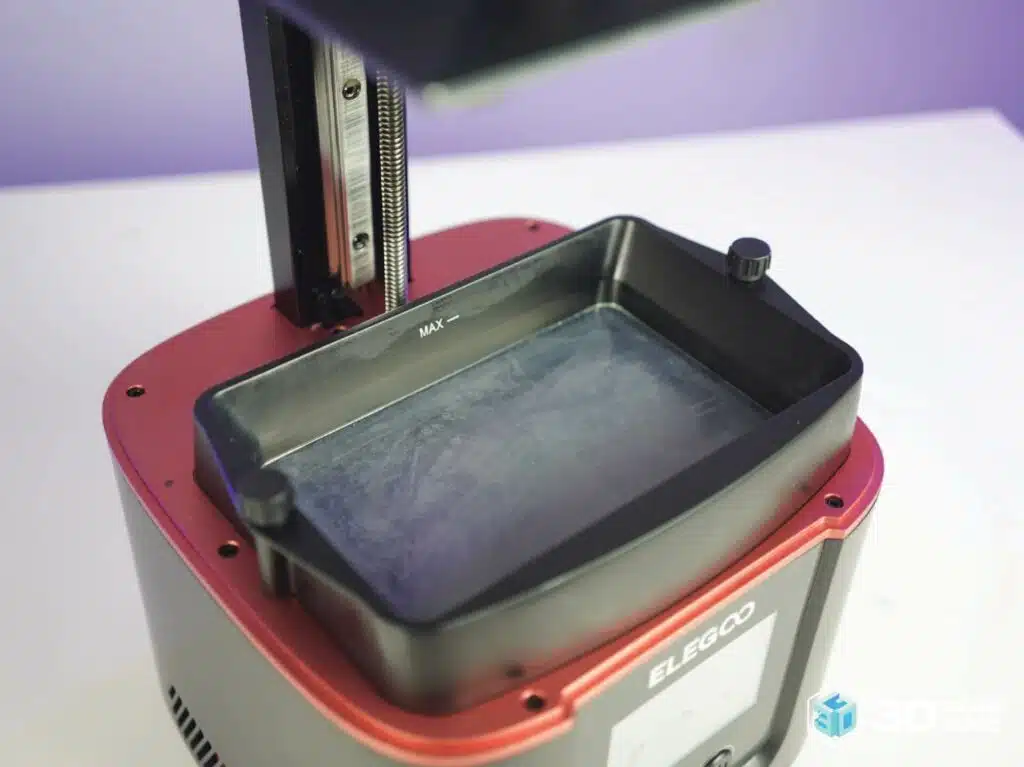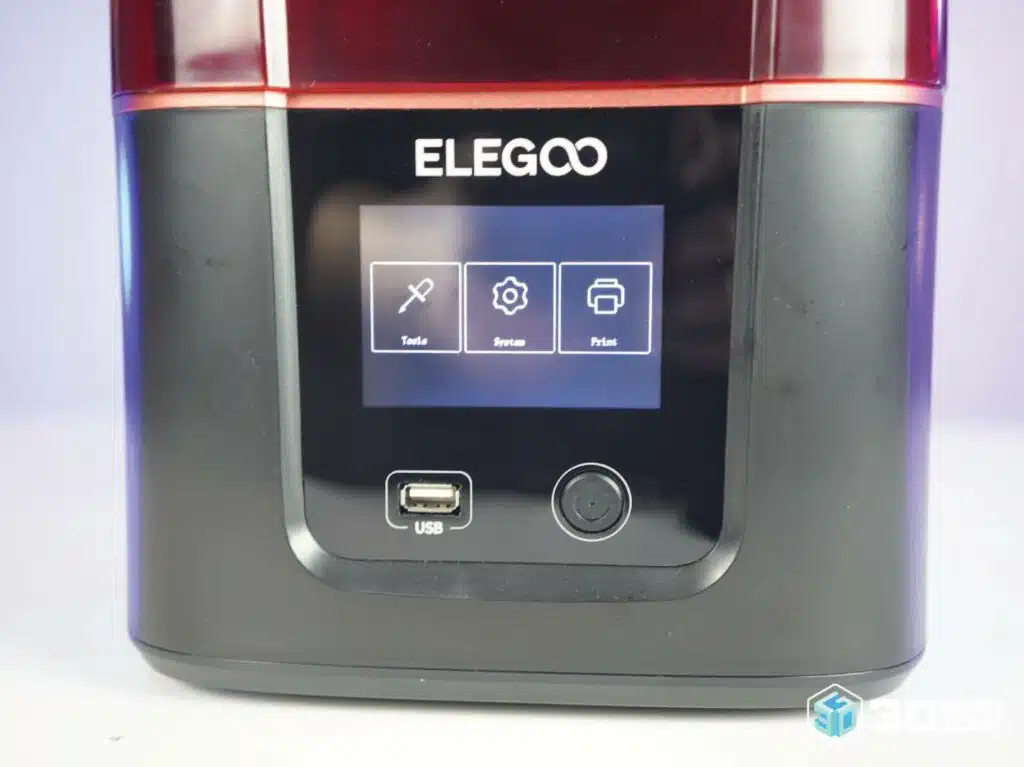The Pros
- Excellent print quality and even paired with high resolution resins
- Easy to level the build plate
- Lighter than previous generation printers
- Easy to access control panel
The Cons
- Print quality potential can only be reached when paired with more expensive resins
- Improved cooling results in slightly louder fans
- Body made out of plastic instead of metal

